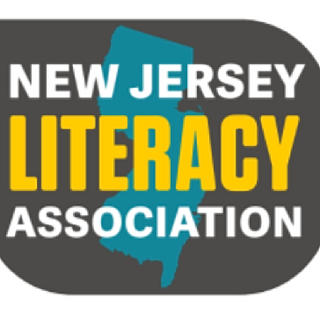Working with Recent Arrivals
- New Jersey Literacy Association
- May 7, 2021
- 2 min read
by Brian Benavides, Guest Contributor

Recently, I have been listening in on conversations hosted on the much talked about invite-only social media app, Clubhouse. Conversations in education range from how to fix the American education system, how to teach virtually during a pandemic, and most commonly how to better address the needs of our newly arrived immigrant students. Upon joining in on a discussion regarding how to better connect to immigrant students I received messages on my LinkedIn and Twitter on what resources I had at my disposal to better connect with these students. Teachers would often ask me if there was a reliable source where they could find information about students’ home countries, how to relate to them, and how to teach them. Some background here before I address these inquiries to better make sense of how I think about these concerns. I was born and raised in Newark, NJ to immigrant parents, my mother being from Puerto Rico and my father from Ecuador. I am identified as a heritage speaker of Spanish and grew up inhabiting the American, New Jersian, Puerto Rican, and Ecuadorian social milieu. I must admit that my Latinx background doesn’t make me any more well-versed than those who haven’t had that experience in addressing the needs of immigrant students. This is the silver lining in the concerns of the teachers who reached out to me. One does not require an experts’ knowledge of their students’ origins to relate to them. You already share the most important thing with all students, and that is your humanity, you must relate to them on this level. Put another way, we must relate to them absent fixed identities or static categories that ignore the complexity of who we all are.
A teacher from Trinidad & Tobago invited me to a Zoom call in order to provide her with guidance on how to work with the recent influx of Central Americans in her classroom. She had done amazing research and compiled an extensive blog that included the politics, economics, and history of the Northern Triangle (Honduras, El Salvador, and Guatemala). As we took a look at the blog together I couldn’t help but feel a certain disconnect with her goal of wanting to connect to the students. It’s not that I don’t think that having some background on where the students come from isn’t helpful, but that it can result in a missed opportunity.
Countries are complex and the people who live in them come from those many different complexities.
The humans who find themselves in your classroom are all individually unique people with a variety of experiences. If you want to relate to them better ask them to tell you who they are, where they come from, and what their experience has been. No blog, book, or expert can better inform you about who that student is than themselves.
The themes you currently cover in your curriculum already have the capacity to bring them into the discussion. It’s as simple as making sure to plan conversation into your lessons and curriculum. Be flexible and be open to modifying the information you put in front of students. Be sure to use the understandings born out of discussion as your guide.












Comments